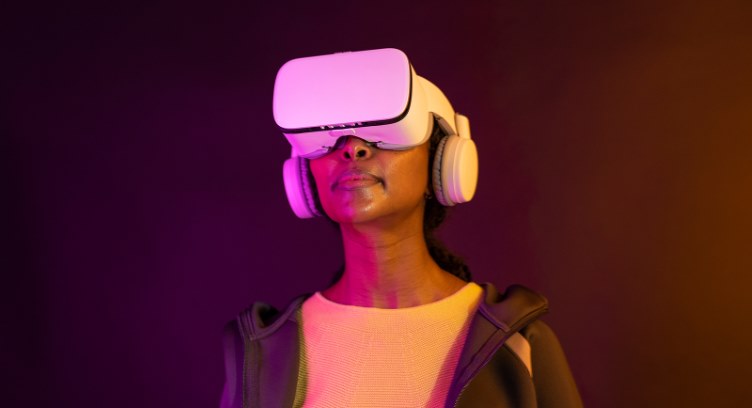InterDigital, a mobile, video and AI technology research and development company, and Concordia University’s Intelligent Next Generation Networking and Multimedia (IN2GM) Lab yesterday announced a multi-year research and development collaboration offering PhD and master’s students an opportunity to explore tools that support AI-enabled end-to-end delivery of immersive media over 5G networks. Specifically, the collaboration supports research and innovation (R&I) into novel media delivery paradigms, approaches, prototype tools, and evaluation results. The research will also explore the development of systems that support the efficient delivery of high-quality, six degrees of freedom (6DoF), volumetric immersive media content over 5G networks.
InterDigital’s R&I Lab in Montréal is the home of the Multimedia System team and leads cutting edge research and engagement in global standards like MPEG, 3GPP and IETF. The Gina Cody School of Engineering and Computer Science at Montréal-based Concordia University takes an innovative approach to experiential learning, research, and education, and its Computer Science and Software Engineering (CSSE) department is ranked among the top ten in Canada, and best in software engineering research in Canada according to CSRankings.
Together, InterDigital and Concordia University’s research collaboration aims to design an end-to-end immersive media transport system, addressing media packaging, media ingesting, media delivery, and media consumption, that abides by media coding standards set by IETF, MPEG, and 3GPP. The end-to-end immersive media delivery network is intended to be used for a variety of immersive applications in virtual reality (VR), augmented reality (AR), XR (extended reality), and the metaverse.
The program invites Concordia PhD and master’s students with expertise in networking and media delivery protocols, immersive media, next gen network systems and application, or AI/ML for networking and media delivery optimization to apply and contribute to the collaboration. All selected students will dedicate weekly research hours and interact with InterDigital’s Montréal R&I team.
Gaëlle Martin-Cocher, Senior Director at InterDigital
We are excited to announce this partnership with Concordia University to explore and create systems and tools to support the exciting intersection between AI and immersive media delivery protocols. Montréal remains a hub for next generation networks and AI/ML research with fast growing AI and immersive industries, so our collaboration with Concordia will leverage the excitement and expertise of the region to develop tools and solutions that support immersive content delivery worldwide.
Professor Abdelhak Bentaleb, the head of Concordia’s AI IN2GM Lab
IN2GM Lab at Concordia University is proud and excited to announce a groundbreaking partnership with InterDigital to pioneer the development of an end-to-end AI-enabled architecture for immersive media delivery over 5G networks. Together, we're shaping the future of digital experiences, ushering in a new era of connectivity, creativity, and innovation.




















